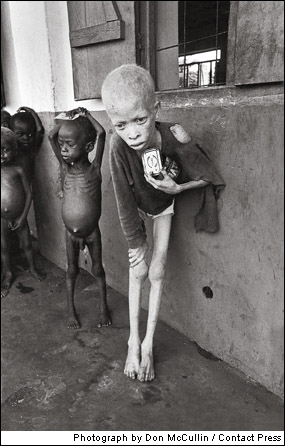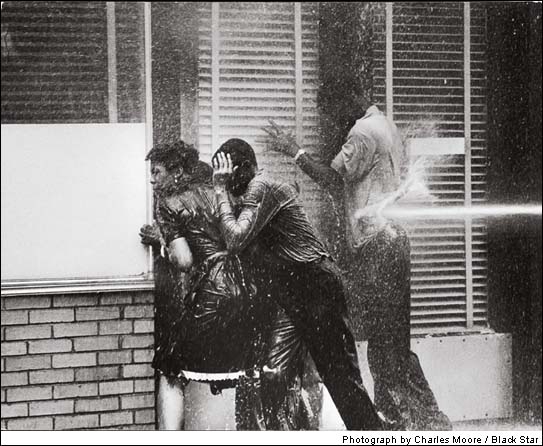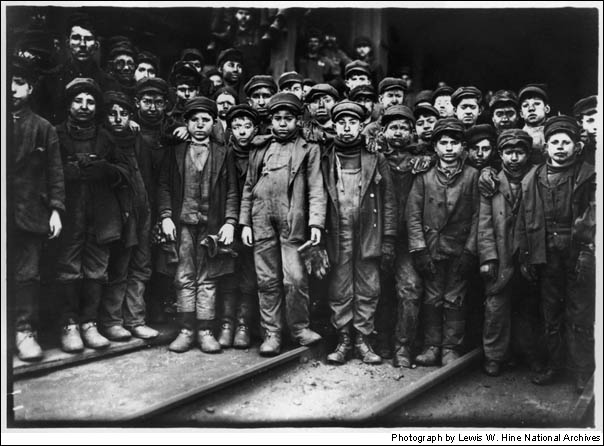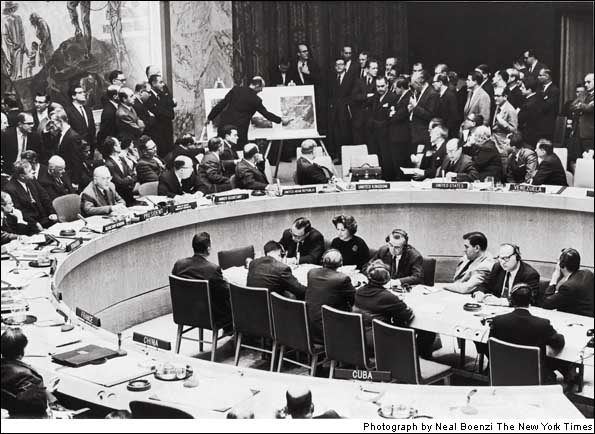
Biafra 1969
When the Igbos of eastern Nigeria declared themselves independent in 1967, Nigeria blockaded their fledgling country-Biafra. In three years of war, more than one million people died, mainly of hunger. In famine, children who lack protein often get the disease kwashiorkor, which causes their muscles to waste away and their bellies to protrude. War photographer Don McCullin drew attention to the tragedy. "I was devastated by the sight of 900 children living in one camp in utter squalor at the point of death," he said. "I lost all interest in photographing soldiers in action." The world community intervened to help Biafra, and learned key lessons about dealing with massive hunger exacerbated by war-a problem that still defies simple solutions.

Birmingham 1963
For years, Birmingham, Ala., was considered ?the South?s toughest city,? home to a large black population and a dominant class of whites that met in frequent, open hostility. Birmingham in 1963 had become the cause célèbre of the black civil rights movement as nonviolent demonstrators led by Rev. Martin Luther King Jr. repeatedly faced jail, dogs and high-velocity hoses in their tireless quest to topple segregation. This picture of people being pummeled by a liquid battering ram rallied support for the plight of the blacks.

Breaker Boys1910
What Charles Dickens did with words for the underage toilers of London, Lewis Hine did with photographs for the youthful laborers in the United States. In 1908 the National Child Labor Committee was already campaigning to put the nation?s two million young workers back in school when the group hired Hine. The Wisconsin native traveled to half the states, capturing images of children working in mines, mills and on the streets. Here he has photographed ?breaker boys,? whose job was to separate coal from slate, in South Pittston, Pa. Once again, pictures swayed the public in a way cold statistics had not, and the country enacted laws banning child labor.

On October 22, 1962, after accusing the U.S.S.R. of installing nuclear missiles on Cuba, President John F. Kennedy ordered a blockade of the island. When the Soviet ambassador to the U.N. refused to deny the charge, U.S. ambassador Adlai Stevenson confronted him with these photos of missile sites taken by the high-flying spy plane, the U-2, and the Soviets were compelled to back down. The presentation of seemingly incontrovertible evidence would become known as an ?Adlai Stevenson moment.? Robert F. Kennedy later admitted that he and his brother found the grainy images quite baffling, and banked on the interpretation proffered by the CIA: ?I, for one, had to take their word for it.?